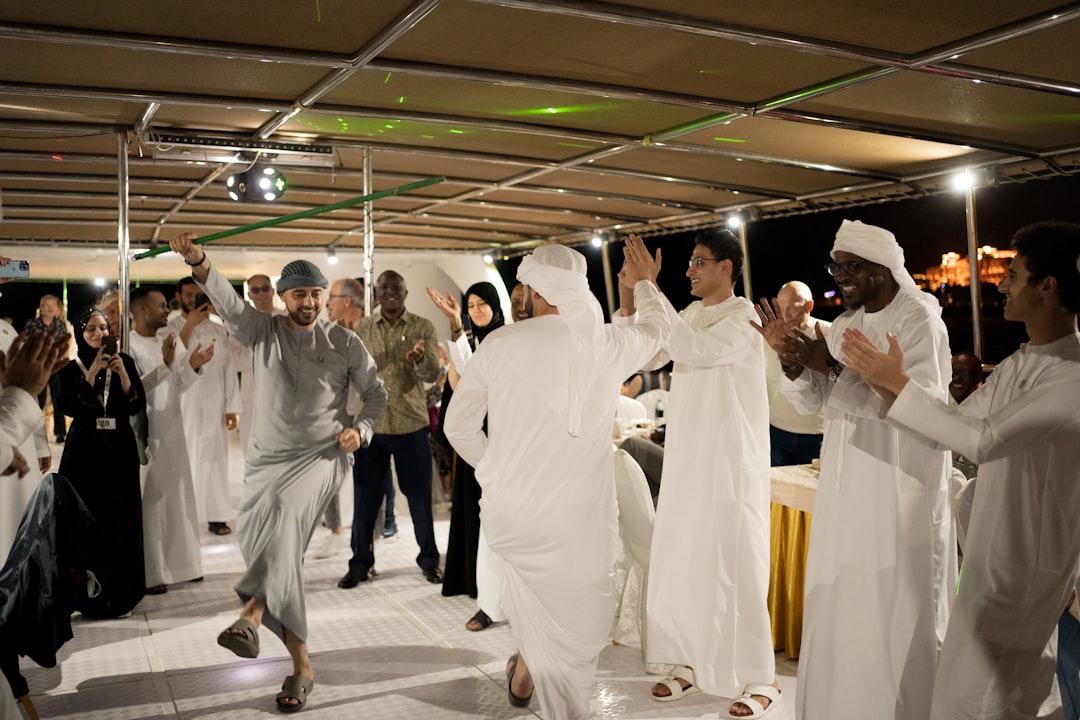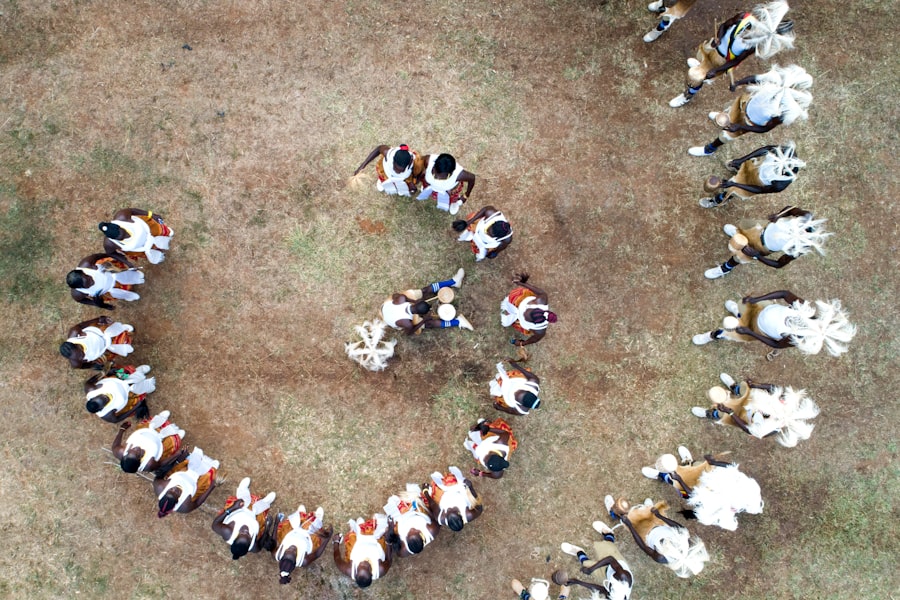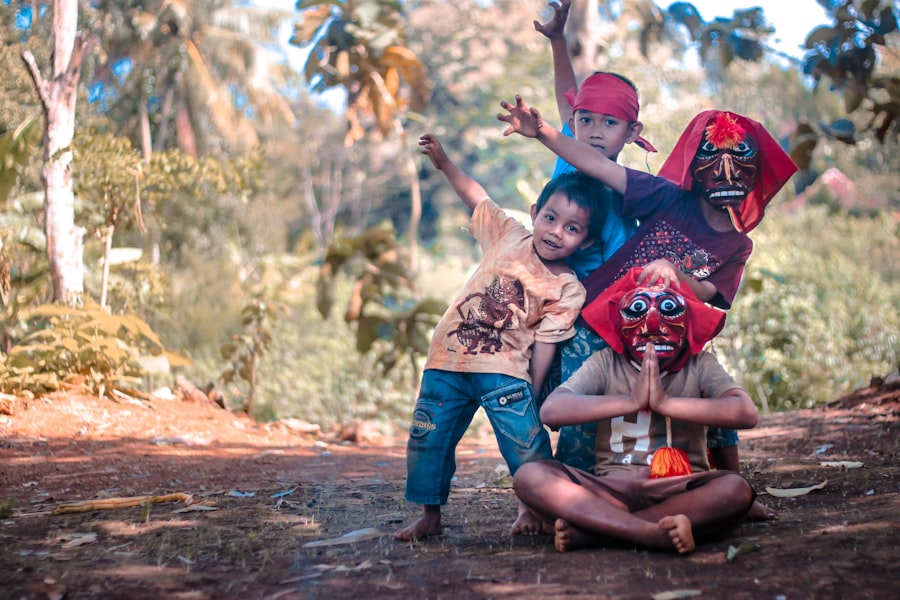
Micronesia, a region in the western Pacific Ocean, is a collection of over 2,000 islands that are divided into four main archipelagos: the Caroline Islands, the Marshall Islands, the Northern Mariana Islands, and Palau. This vast expanse of oceanic territory is characterized by its stunning natural beauty, rich biodiversity, and vibrant cultures. The islands are scattered across a vast area, covering approximately 2.5 million square miles, yet they are home to a relatively small population of around 500,000 people.
The geography of Micronesia is as diverse as its cultures, featuring lush tropical forests, coral reefs teeming with marine life, and volcanic landscapes. The region’s name, derived from the Greek word “mikros,” meaning small, reflects the diminutive size of many of its islands. However, the cultural and historical significance of Micronesia is anything but small.
The islands have been inhabited for thousands of years, with indigenous peoples developing unique languages, traditions, and social structures. The rich tapestry of Micronesian culture is woven from the threads of ancient navigation skills, traditional crafts, and communal living. As a travel destination, Micronesia offers an unparalleled opportunity to explore not only its breathtaking landscapes but also the deep-rooted traditions and histories that define its people.
Key Takeaways
- Micronesia is a region in the western Pacific Ocean, comprising thousands of small islands.
- The region has a rich history and cultural significance, with influences from various indigenous groups and colonial powers.
- Must-visit places in Micronesia include the ancient city of Nan Madol, the pristine beaches of Palau, and the historic sites of Yap.
- Unique sights and attractions in Micronesia include the mysterious stone money of Yap and the vibrant marine life in the waters surrounding the islands.
- Local cuisine in Micronesia is influenced by traditional farming and fishing practices, with dishes like coconut crab and taro being popular. When traveling to Micronesia, it’s important to respect local customs and traditions, and to be mindful of the region’s delicate ecosystem.
Historical and Cultural Significance
The history of Micronesia is marked by waves of migration and cultural exchange that have shaped its societies over millennia. Archaeological evidence suggests that the first settlers arrived in the region around 2000 BCE, likely from Southeast Asia. These early inhabitants developed sophisticated navigation techniques that allowed them to traverse vast ocean distances using the stars, ocean currents, and bird migrations as guides.
This remarkable skill set laid the foundation for the seafaring cultures that would flourish in Micronesia. Colonial influences began to permeate the region in the 16th century when European explorers arrived. The Spanish were among the first to make contact, followed by the Germans and later the Japanese.
Each colonial power left an indelible mark on the islands’ political structures, economies, and cultures. For instance, during the Japanese mandate in the early 20th century, significant infrastructure developments occurred, including roads and schools. However, this period was also marked by exploitation and cultural suppression.
The aftermath of World War II saw Micronesia placed under U.S. administration, leading to further changes in governance and societal norms. Culturally, Micronesia is a mosaic of languages and traditions.
There are over 20 distinct languages spoken across the islands, each reflecting the unique identity of its people. Traditional practices such as weaving, carving, and tattooing are not merely artistic expressions but are deeply intertwined with social status and cultural heritage. Festivals celebrating ancestral spirits and agricultural cycles are common across the islands, showcasing the community’s connection to their land and history.
Must-Visit Places in Micronesia

When exploring Micronesia, several destinations stand out for their natural beauty and cultural significance. One such place is Pohnpei, known for its lush landscapes and rich history.
This UNESCO World Heritage site dates back to around 1200 CE and features impressive stone structures that served as ceremonial centers for the Saudeleur dynasty. Visitors can explore the ruins while marveling at the surrounding mangroves and coral reefs. Another must-visit location is Chuuk Lagoon, famous for its world-class diving opportunities.
This lagoon is dotted with shipwrecks from World War II, including Japanese warships and aircraft that sank during fierce battles. Divers from around the globe flock to Chuuk to explore these underwater relics, which have become artificial reefs teeming with marine life. The combination of history and biodiversity makes Chuuk Lagoon a unique destination for both history buffs and nature enthusiasts.
Palau is another gem in Micronesia’s crown, renowned for its stunning natural landscapes and vibrant marine ecosystems. The Rock Islands, a UNESCO World Heritage site, are characterized by limestone formations covered in lush vegetation and surrounded by crystal-clear waters.
Palau’s commitment to conservation has made it a leader in sustainable tourism practices.
Unique Sights and Attractions
| City | Number of Unique Sights and Attractions |
|---|---|
| Paris | 173 |
| Rome | 142 |
| New York City | 98 |
| Tokyo | 121 |
Beyond its well-known destinations, Micronesia offers a plethora of unique sights and attractions that captivate visitors. One such attraction is the ancient stone money of Yap Island. The islanders have used large limestone discs as a form of currency for centuries.
These discs can weigh up to several tons and are often transported across the ocean using traditional canoes. The cultural significance of stone money extends beyond mere trade; it represents social status and community ties. The island of Kosrae is another hidden gem known for its pristine natural beauty and rich biodiversity.
Often referred to as the “Garden Island,” Kosrae boasts lush rainforests, coral reefs, and ancient archaeological sites. Visitors can hike through dense jungles to discover hidden waterfalls or explore ancient ruins that provide insight into the island’s pre-colonial history. The island’s commitment to preserving its natural environment makes it an ideal destination for eco-tourism.
For those interested in traditional crafts, visiting the island of Guam offers a unique opportunity to witness artisans at work. The island is known for its vibrant weaving traditions, particularly in producing finely crafted baskets and mats from local materials like pandanus leaves. Engaging with local artisans provides insight into their techniques and cultural significance while supporting sustainable practices within the community.
Local Cuisine and Traditions
Micronesian cuisine reflects the diverse cultures and resources found across the islands. Seafood plays a central role in many traditional dishes due to the abundance of fish in surrounding waters. One popular dish is “kelaguen,” which consists of grilled or raw fish marinated in lemon juice and mixed with coconut, onions, and spices.
This dish exemplifies the region’s emphasis on fresh ingredients and bold flavors. In addition to seafood, taro and breadfruit are staple foods in many Micronesian diets. Taro can be prepared in various ways—boiled, mashed, or made into chips—while breadfruit is often roasted or used in stews.
These ingredients not only provide sustenance but also hold cultural significance; they are often featured in communal feasts that celebrate important events such as weddings or harvests. Traditional celebrations often involve elaborate feasts where families come together to share food and stories. These gatherings reinforce social bonds within communities and serve as a way to pass down cultural knowledge from one generation to another.
Festivals celebrating local customs often include traditional dances accompanied by music played on indigenous instruments like drums and flutes.
Tips for Traveling to Micronesia

Traveling to Micronesia requires careful planning due to its remote location and limited infrastructure on some islands. First and foremost, travelers should research visa requirements well in advance; while some islands allow visa-free entry for certain nationalities, others may require visas obtained prior to arrival. It’s advisable to check with local embassies or consulates for up-to-date information.
Transportation between islands can be challenging; flights may be infrequent or subject to weather conditions. Booking flights ahead of time is essential for ensuring smooth travel between destinations within Micronesia. Additionally, travelers should consider using local ferries or boats when available for inter-island travel; this not only provides an opportunity to experience local life but also offers stunning views of the ocean.
Accommodations vary widely across Micronesia—from luxury resorts in Palau to guesthouses on smaller islands—so it’s important to choose lodging that aligns with your travel style and budget. Engaging with local tour operators can enhance your experience by providing guided tours that delve into cultural practices or natural wonders while supporting local economies. Lastly, embracing local customs is crucial for fostering positive interactions with residents.
Learning a few basic phrases in local languages can go a long way in building rapport with islanders. Respecting cultural traditions—such as dress codes when visiting sacred sites—will enrich your travel experience while demonstrating appreciation for Micronesian heritage. Micronesia offers an extraordinary blend of natural beauty, rich history, and vibrant cultures that beckon travelers seeking adventure off the beaten path.
Each island presents its own unique charm and stories waiting to be discovered by those willing to explore this captivating region of the Pacific Ocean.
For those interested in exploring more about unique destinations around the world, a related article that complements the insights on Micronesia is the one about the British Virgin Islands. Like Micronesia, the British Virgin Islands offer a stunning array of natural beauty, cultural richness, and intriguing historical sites. To learn more about what the British Virgin Islands have to offer, from its pristine beaches to its vibrant local life, you can read the detailed article here. This piece provides a comprehensive overview of the islands, making it a perfect companion piece for those who love exploring island nations.
FAQs
What is Micronesia, Federated States of?
Micronesia, Federated States of is a country located in the western Pacific Ocean. It is composed of four major island groups: Yap, Chuuk, Pohnpei, and Kosrae.
What is the capital of Micronesia, Federated States of?
The capital of Micronesia, Federated States of is Palikir, located on the island of Pohnpei.
What are some popular places to visit in Micronesia, Federated States of?
Some popular places to visit in Micronesia, Federated States of include Nan Madol, a UNESCO World Heritage site on the island of Pohnpei, and the ancient stone money of Yap.
What are some natural sights in Micronesia, Federated States of?
Micronesia, Federated States of is known for its stunning natural beauty, including pristine beaches, coral reefs, and lush tropical forests. Visitors can also explore the diverse marine life through activities such as snorkeling and diving.
What is the climate like in Micronesia, Federated States of?
Micronesia, Federated States of has a tropical climate, with high temperatures and humidity throughout the year. The islands also experience a significant amount of rainfall, particularly during the wet season from May to November.
What are some traditional cultural practices in Micronesia, Federated States of?
Traditional cultural practices in Micronesia, Federated States of include dance, music, and storytelling. The islands are also known for their unique handicrafts, such as intricately woven baskets and traditional clothing.



